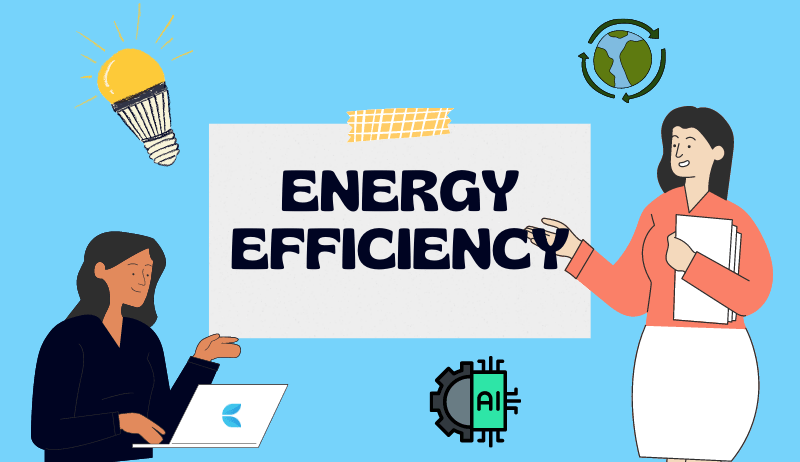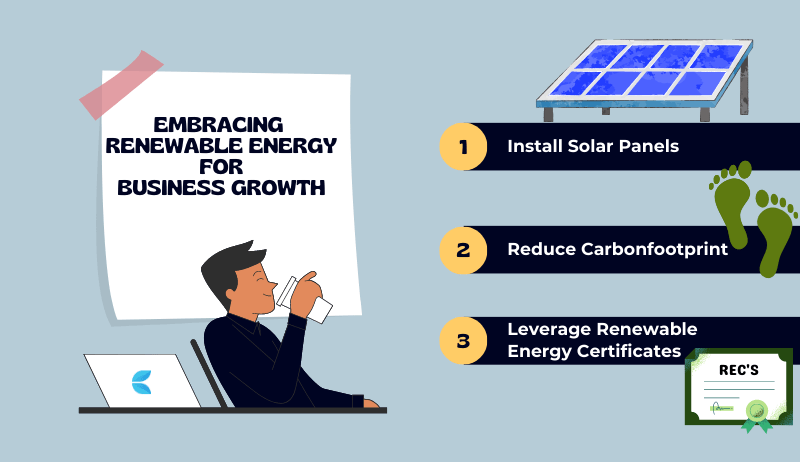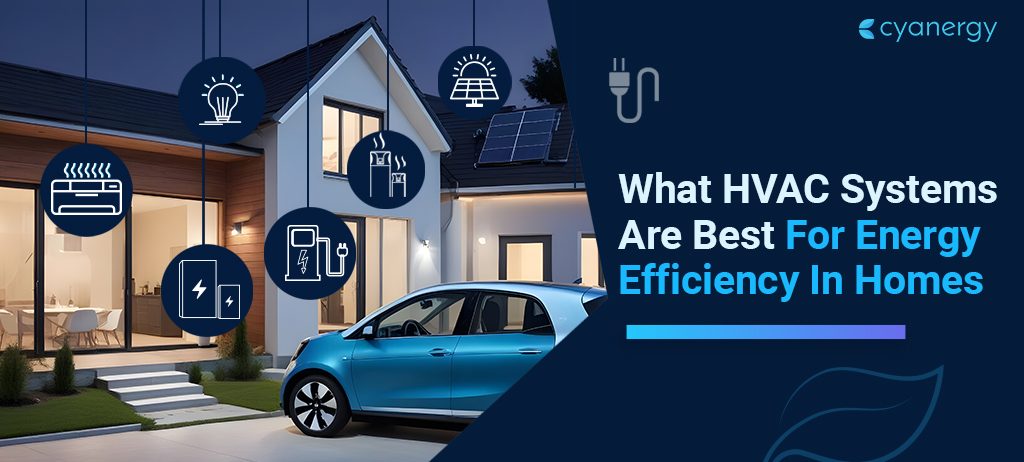Introduction:
As the global landscape continues to evolve, businesses face mounting challenges and growing expectations. In today’s ever-changing news cycle, energy efficiency and renewable energy solutions have become critical not only for sustainable growth but also for long-term success. Vincent Sanza, CMO of Cyanergy, firmly believes that embracing these solutions is not just an environmental choice, but a strategic one for businesses of all sizes. In this article, we will explore the practical benefits of energy efficiency and renewable for business owners, providing actionable insights to navigate this transformative journey.

Section 1: The Power of Energy Efficiency
In Australia, energy efficiency initiatives have proven to be a game-changer for businesses, delivering substantial savings and environmental benefits. Let’s explore some real-life examples and delve into the financial and environmental advantages they offer:
Optimizing Lighting Systems:
Switching to energy-efficient lighting, such as LED technology, can significantly reduce energy consumption and maintenance costs. A study conducted by the New South Wales Office of Environment and Heritage found that businesses in Australia could save up to 50% on lighting energy costs by transitioning to LED lighting systems 2.1. LED lights longer lifespan also reduces bulb replacements’ frequency, further reducing maintenance expenses.
Implementing Smart Building Technologies:
Smart building technologies enable businesses to optimize energy consumption by integrating various systems, such as HVAC, lighting, and occupancy sensors. For instance, using advanced energy management systems, companies can automate lighting and temperature control based on occupancy and natural light availability. This proactive approach can lead to energy savings of 20-30% 2.2. An excellent example is the 60 Martin Place building in Sydney, which incorporated smart technologies to achieve a 77% reduction in lighting energy consumption 2.3.
Embracing Green Procurement Practices:
Choosing energy-efficient equipment and appliances during procurement can have a significant impact on energy usage and costs. For instance, by selecting ENERGY STAR-certified products, businesses can achieve energy savings of up to 30% compared to conventional models 2.4. Additionally, by partnering with suppliers prioritising sustainability, companies contribute to developing a more sustainable supply chain.

Section 2: Embracing Renewable Energy for Business Growth
Renewable energy sources offer businesses a pathway to sustainable growth while reducing dependence on fossil fuels. Let’s examine some examples of how Australian companies are embracing renewables and the benefits they reap:
Solar Power Installations:
Solar power installations have become increasingly popular among businesses in Australia, thanks to abundant sunlight and falling solar panel costs. For instance, IKEA Australia invested in rooftop solar panels across their stores and warehouses, leading to a 24% reduction in their energy consumption 2.5. Solar power not only lowers electricity bills but also reduces carbon emissions, contributing to a cleaner environment.
Leveraging Renewable Energy Certificates (RECs or better known as LGCs and STC’s):
RECs enable businesses to offset their carbon footprint and demonstrate their commitment to sustainability. By purchasing RECs, companies support renewable energy generation projects, such as wind farms or solar parks. This allows them to claim carbon neutrality and enhance their brand reputation. A prominent example is Atlassian, an Australian software company that achieved carbon neutrality by purchasing RECs and investing in renewable energy projects 2.6.

Section 3: Regulatory Environment and Incentives
Australia has implemented various regulatory measures and incentives to encourage businesses to adopt energy-efficient and renewable practices. Here are a few examples:
Government Initiatives:
The Australian government offers initiatives such as the Energy Efficient Communities Program, providing grants to small businesses to improve energy efficiency and reduce energy costs 2.7. Additionally, the Emissions Reduction Fund provides financial incentives for businesses to implement projects that reduce greenhouse gas emissions.
Tax Incentives and Rebates:
Businesses can take advantage of tax incentives, such as the Instant Asset Write-Off scheme, which allows immediate deductions for eligible energy-efficient equipment purchases 2.8. Some states also offer rebates or feed-in tariffs for businesses that install solar power systems and contribute excess energy to the grid.
Conclusion:
By adopting energy efficiency measures and embracing renewable energy, businesses in Australia can achieve substantial financial savings, enhance their brand reputation, and contribute to a greener future.
The examples provided demonstrate the tangible benefits of these practices, from significant reductions in energy costs to carbon neutrality achievements. Moreover, with government initiatives and incentives in place, businesses can access financial support and navigate the transition more effectively.
References:
Footnotes
2.1 New South Wales Office of Environment and Heritage. (2018). Energy-efficient lighting in businesses. [URL: https://www.environment.nsw.gov.au/-/media/OEH/Corporate-Site/Documents/Energy/energy-efficient-lighting-in-businesses.pdf] ↩
2.2 Australian Government, Department of Industry, Science, Energy, and Resources. (2022). Smart buildings. [URL: https://www.energy.gov.au/government-priorities/energy-productivity-and-energy-efficiency/smart-buildings] ↩
2.3 Property Council of Australia. (2018). 60 Martin Place – lighting retrofit case study. [URL: https://www.propertycouncil.com.au/Web/Content/News/National/2018/60_Martin_Place_-_lighting_retrofit_case_study.aspx] ↩
2.4 ENERGY STAR. (n.d.). Why choose ENERGY STAR certified products? [URL: https://www.energystar.gov/products/why_choose_energystar] ↩
2.5 IKEA Australia. (n.d.). We are now energy independent. [URL: https://www.ikea.com/au/en/this-is-ikea/newsroom/we-are-now-energy-independent-pubdc6c5cfd] ↩
2.6 Atlassian. (n.d.). Our carbon-neutral journey. [URL: https://www.atlassian.com/company/our-philosophy/environment/carbon-neutral] ↩
2.7 Department of Industry, Science, Energy, and Resources. (n.d.). Energy Efficient Communities Program – Small Business Grants. [URL: https://business.gov.au/grants-and-programs/energy-efficient-communities-program-small-business-grants] ↩
2.8 Australian Taxation Office. (n.d.). Instant Asset Write-Off. [URL: https://www.ato.gov.au/business/depreciation-and-capital-expenses-and-allowances/in-detail/depreciating-assets/simplified-depreciation—rules-and-calculations/instant-asset-write-off/] ↩







